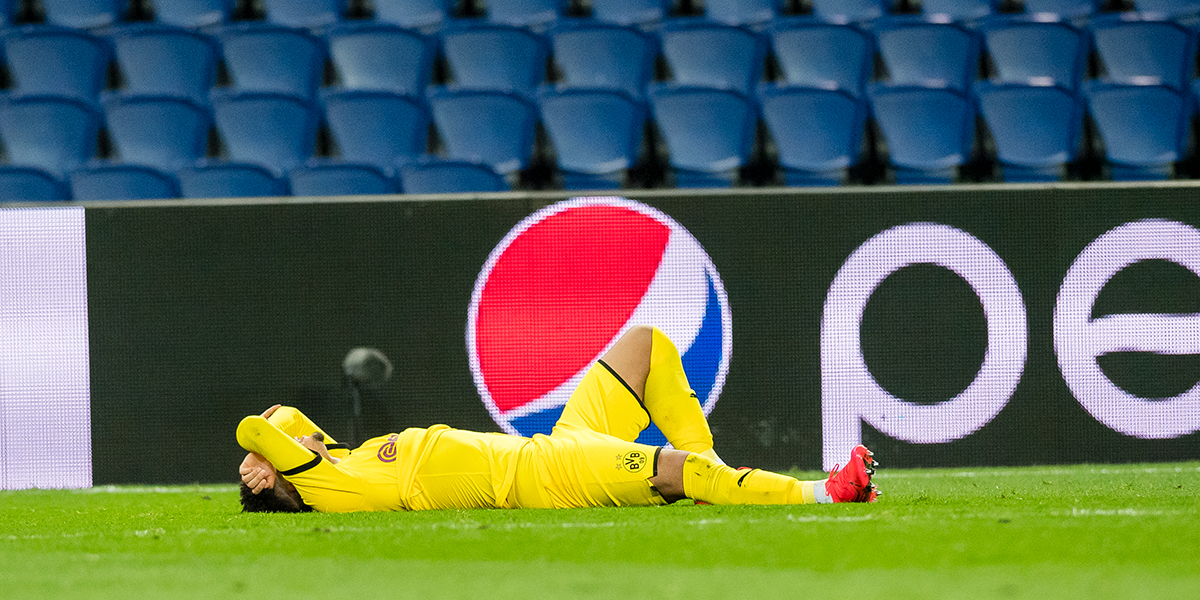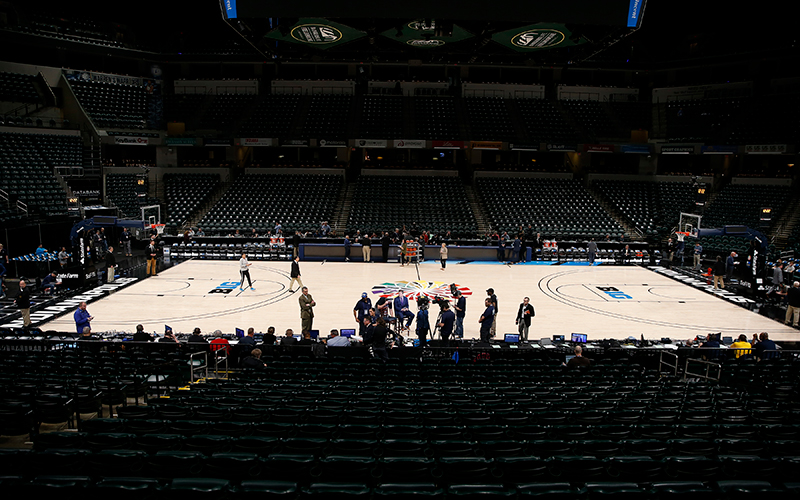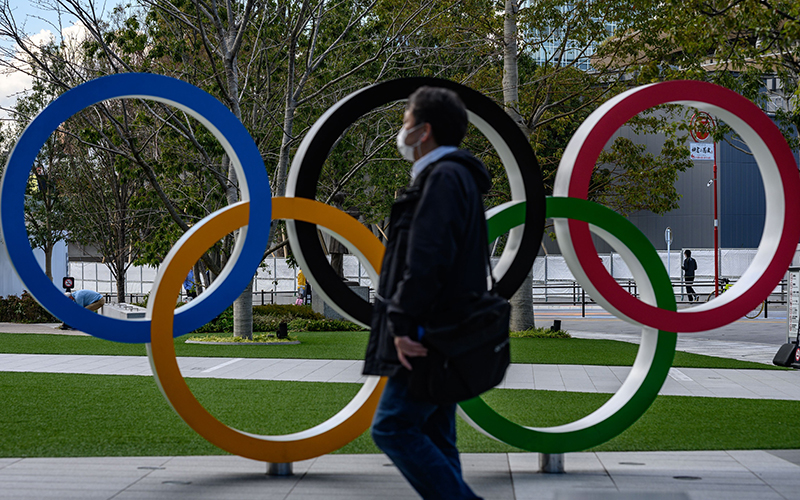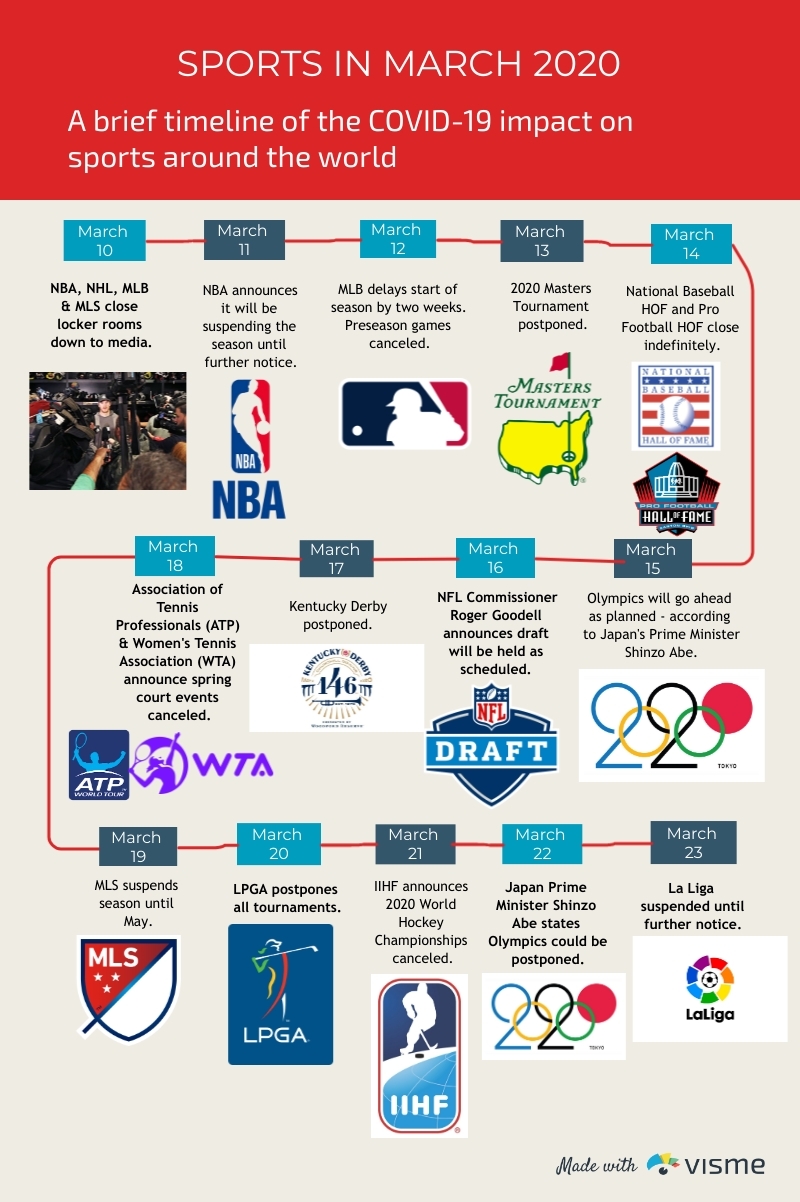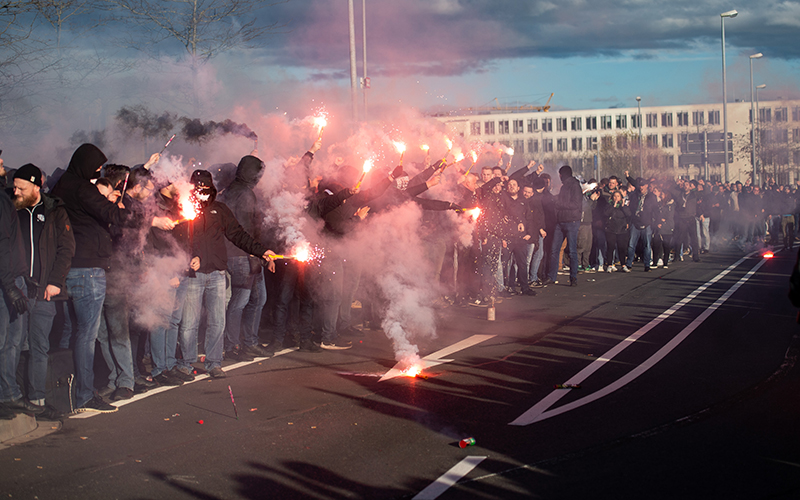March 13 and beyond
Even as COVID-19 continued to spread throughout the country into the summer, sports eventually returned.
MLB was the first major professional league in the United States to begin play, with its “Summer Camp,” the summer’s spring training. The first regular season games were played on July 23, 119 days after they were originally scheduled to be played.
Due to the pause, MLB only played a 60-game season instead of the usual 162 games.
The NBA resumed its season on July 30 in Orlando, Florida, in a bubble at Disney World, 141 days after the suspension of the season. The WNBA had a bubble of its own at the IMG Academy in Bradenton, Florida.
Paul was in the heart of discussions as National Basketball Players Association President when the league began discussing a restart. More importantly, how the league could restart safely.
“It was a lot, a lot of people played huge roles in making sure it all took place,” Paul said. “When you look back on it, it was pretty impressive to all the people that made it happen.”
The Suns caught the attention of the entire league when they made an 8-0 run in the bubble, only to come up just short of qualifying for the 16-team playoff field.
The NHL began play on Aug. 1 in two bubbles, one for each conference, in Edmonton, Alberta, and Toronto, Ontario.
The Coyotes won the qualifying round to get into the traditional playoffs before losing to the Colorado Avalanche in the first round.
The only league that didn’t have a single cancellation of regular season games was the NFL, which began on Sept. 10, as scheduled. The NFL was forced to cancel the entire preseason and chunks of the offseason, however, which affected rookies looking to get reps before the regular season.
Champions were crowned in those paused seasons, and we now enter the second year of COVID-19 impacting the sports calendar.
Some cities and teams have given the thumbs up on limited attendance at games, with masked fans dotting the stands. Likewise, schools and offices are in the process of making their way back to in-person learning and working.
The Texas Rangers even announced Wednesday that they will be allowing full capacity (40,518) at their home opener on Monday, April 5, a decision that has attracted controversy.
And, of course, the vaccine is making the rounds.
Even with things slowly trending in a positive direction, it is hard not to reminisce about the packed stadiums pre-COVID and buzzer-beaters in March.
“I just want to get back to the way it was,” Tammaro said. “I really wanna get back to the old days.”
